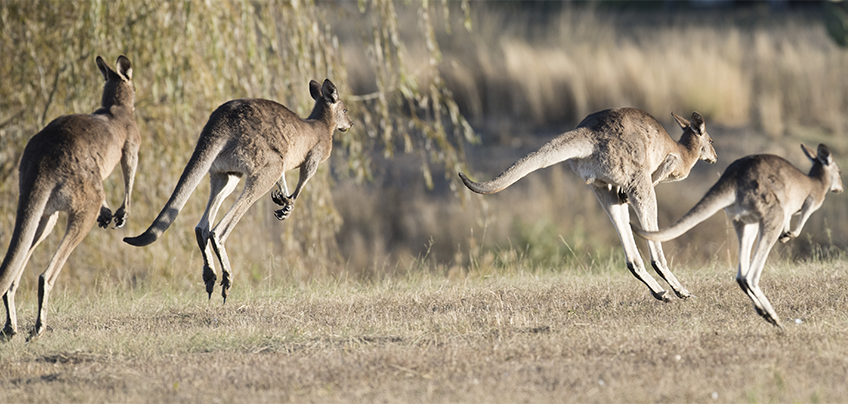Researcher Contact
Gaël Cristofari
Directeur de recherche Inserm
Responsable de l’équipe « Rétrotransposons et plasticité du génome »
Unité 1081 Institut de recherche sur le cancer et le vieillissement de Nice (IRCAN)
Tel. : +33 4 93 37 70 87

©Photo AdobeStock
Over the course of evolution, the genomes of most living organisms have grown more complex thanks to transposable elements, a.k.a. “jumping genes,” or DNA fragments that can move and copy themselves from one chromosome location to another. Researchers from Inserm, the CNRS, Université Côte d’Azur, and Université de Montpellier were able to capture these “jumping genes” just after they moved. The researchers compared their observations with existing databases. Their work, to be published in Molecular Cell, shows that the integration of “jumping genes” in humans is not random. Instead, it is thought to be influenced by specific genome properties. These results open up new perspectives for interpreting whole genome sequencing data.
Transposable elements, also known as “jumping genes,” are small DNA fragments that can multiply and move in the chromosomes of most living organisms. They have proliferated so intensely in mammals and primates that they make up more than half of our chromosomes! Of course, they don’t jump all at once in all of our cells. Of all the copies present in our DNA, only a small fraction remain active. All the rest are molecular remnants reflecting millions of years of evolution, during which harmful insertions were eliminated and beneficial ones retained.
Do L1 retrotransposons target specific chromosome regions, or do they choose their positions at random? Teams led by Inserm head researchers Gaël Cristofari and Simona Saccani working at the Nice Institute for Research on Cancer and Aging (IRCAN, Inserm, CNRS, Université Côte d’Azur), along with their colleagues at Université de Montpellier, were able to use a “high-speed” genome sequencing technique to catch actively jumping genes right after they jumped to a new position.
After comparing their observations with genomic and epigenomic databanks, the researchers were able to identify which genome characteristics influenced the integration of the L1 retrotransposons. The most notable characteristic was DNA replication, and natural selection phenomena after integration played a preponderant role.
“We already knew that L1 retrotransposons tend to accumulate in specific areas of our chromosomes, especially heterochromatin. But we didn’t know whether that reflected a particular attraction to those regions, or if they are simply tolerated in those regions and eliminated elsewhere through natural selection. When we know where they jump to and which copies are retained over the course of evolution, we can discover – by deduction – the regions where they can do damage,” explains Cristofari.
Gaël Cristofari
Directeur de recherche Inserm
Responsable de l’équipe « Rétrotransposons et plasticité du génome »
Unité 1081 Institut de recherche sur le cancer et le vieillissement de Nice (IRCAN)
Tel. : +33 4 93 37 70 87
The Landscape of L1 Retrotransposons in the Human Genome Is Shaped by Pre- insertion Sequence Biases and Post-insertion Selection
Tania Sultana1*, Dominic van Essen1*, Oliver Siol2, Marc Bailly-Bechet3, Claude Philippe1, Amal Zine El Aabidine4, Léo Pioger4, Pilvi Nigumann1, Simona Saccani1, Jean-Christophe Andrau4, Nicolas Gilbert2,5, Gael Cristofari1
4 Institut de Génétique Moléculaire de Montpellier, University of Montpellier, CNRS, Montpellier, France 5 Institut de Médecine Régénératrice et de Biothérapie, Inserm U1183, CHU Montpellier, Montpellier, France
* These authors contributed equally
Molecular Cell : https://doi.org/10.1016/j.molcel.2019.02.036